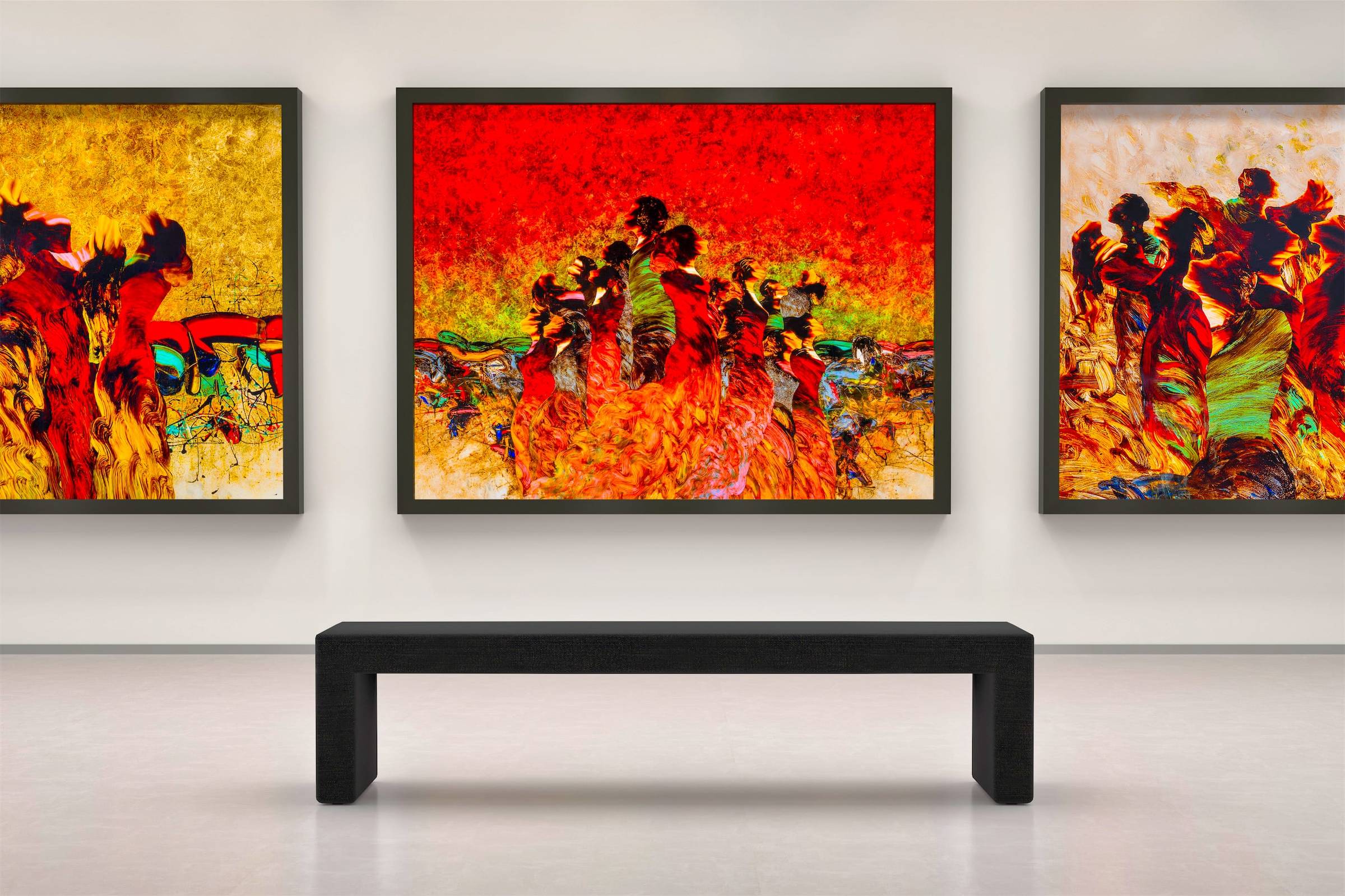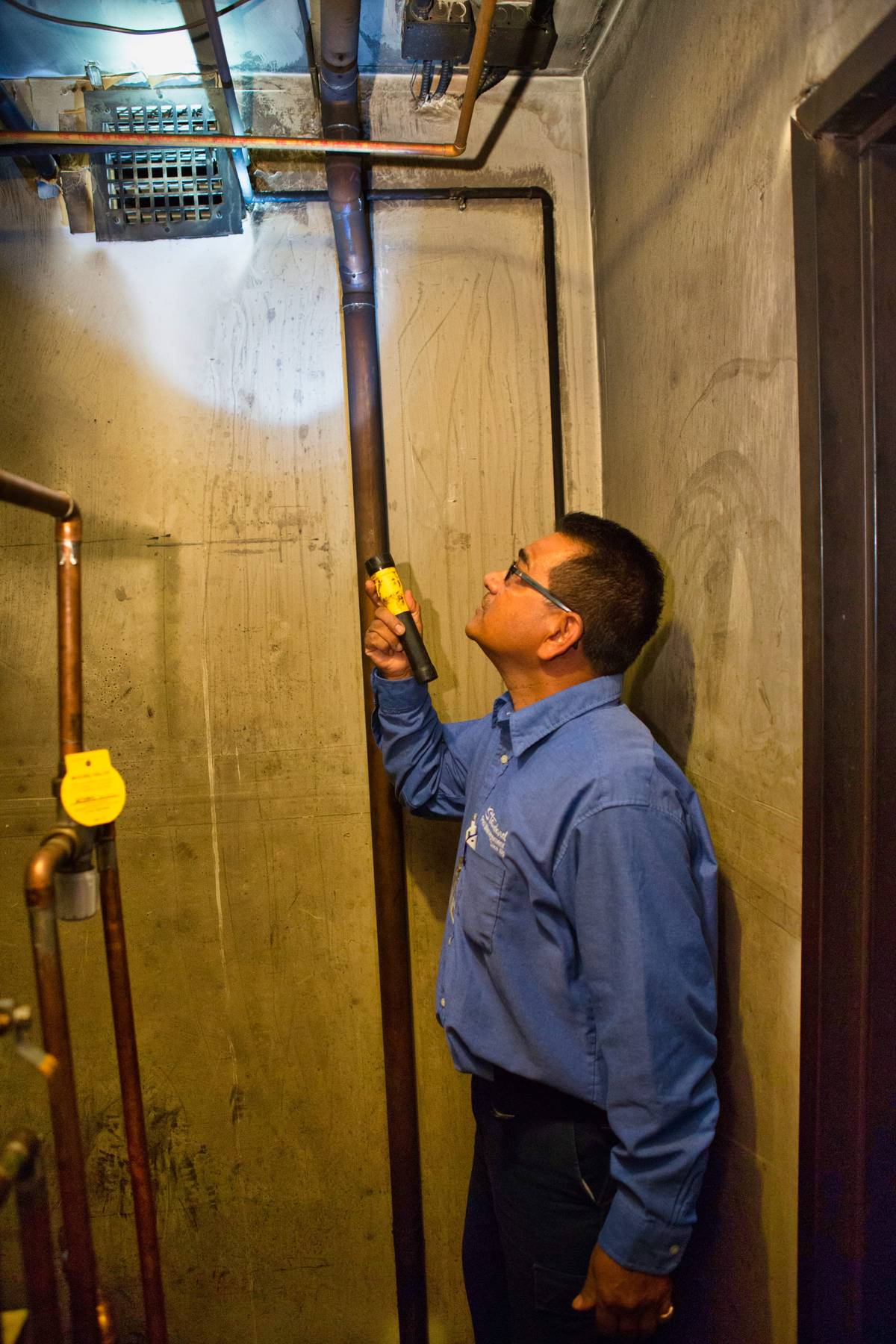
Gallery& Studio(s) Pest Management



Running an exhibition or recording studio means you have new prospects visiting on a daily basis. You want to formulate the best impression of each new prospect. Unfortunately, sometimes pests can get in the middle of that great first impression. However, with the help of our trained pest management team, your pest problem can be remedied and a prevention plan put in place.






As with all different types of commercial buildings, there are specific pests that affect different industries. Art studios are no different. They may not be dealing with bird issues, but there are pests that are attributed specifically to these industries.
When you have a New Jersey exhibit full of paintings, leather books, wools artifacts, and other similar items, you’re at risk for textile pests. The most common pests falling into this category are clothes moths and carpet beetles. These can reproduce very easily, so having an integrated pest management system in place is a must to protect your showroom pieces.
Learn More About Fabric PestsThese creatures will gnaw on both hard objects and soft materials. If your TV studio is full of various clothing items, furniture, and other similar items, mice can be devastating. An IPM system is a must to keep these fast reproducing pests at bay.
Learn More About Rodent Proofing and ExclusionObjects that are wooden can be susceptible to wood-boring beetles. These are most dangerous in their larvae form as they will start to eat the wood from the inside, being virtually undetectable. Treating priceless furniture and artifacts regularly is a must to protect against this pest.
Learn More About Carpet Beetle Removal & ControlThere are various types of moisture-related pests that can infect your art studio. For starters, mold and fungi can be greatly damaging to books, textiles, fabrics, wood, and other paper products. Psocids, also known as booklouse, and silverfish are two of the most common pests that you’ll find when dealing with artifacts made of paper.
Learn More About Moisture Pests


We start by scouring every inch of your place on each floor. Then, we note problem areas and let you know if we see openings anywhere through the walls, the floor, windows or doors and ceiling. In addition, our team will work on changing habitats where problem animals might gather outdoors. Then, we will educate you through the process of having areas sealed to prevent all critters from entering the premises. Any other IPM action we could take such as helping you set traps, we will do that before spraying chemicals. Then, we will use only the amount that is necessary and safely permissible as set by EPA standards. Standard Pest Management will devise a plan that will most effectively eliminate your specific problems. After all, not all animals are the same and require different levels of control. This plan includes using detection equipment and lights that allow us to see bugs and animals in the tiniest entry ways. Then, if the situation calls for it, we will spray pesticides using machines that provide thorough coverage.
Learn More About Integrated Pest Management